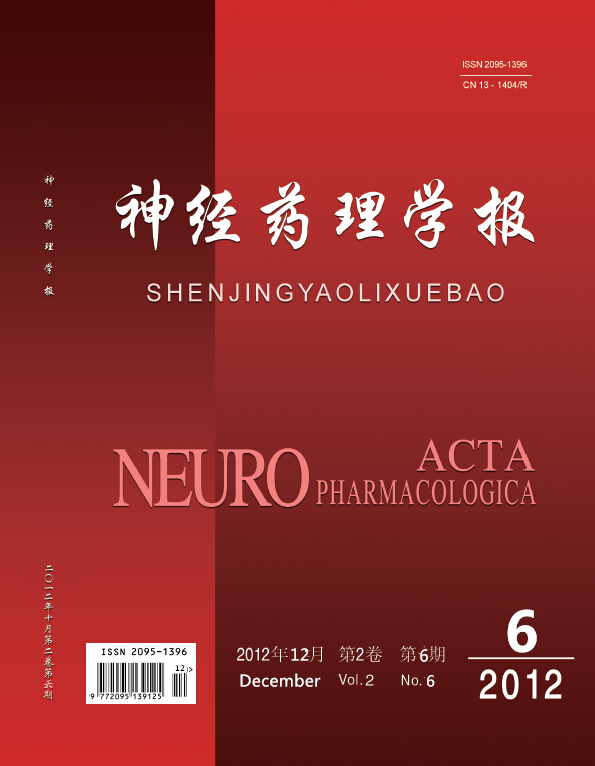|
|
Fetuin Attenuates Cerebral lschemic Injury in Rats Associated with Decreases in Macrophage/Microglia and Tumor Necrosis Factor α
CHE Jian-tu, TU Ya, WANG Kong-jiang
2012, 2 (6):
18-27.
Objective: To investigate whether the Fetuin is inducible in ischemic region and has beneficial efficacy to improve ischemic injuries in focal reversible cerebral ischemic rat model, as well as the possible mechanisms of its action. Methods: Adult male Sprague-Dawley (SD) rats with ischemia via 60 min middle cerebral artery occlusion (MCAO) and subsequent 24 h reperfusion were performed. ① The expression of endogenous Fetuin was detected by Western and real-time RT-PCR analysis at the different times of MCAO/R. ② For dose response, Fetuin (500, 50, 25 and 5 mg·kg-1) was intravenously administered 30 min after the initiation of MCAO and the effect of Fetuin against acute ischemic injury was evaluated by neurological deficit score (NDS), and 2,3,5-triphenyltetrazolium chloride (TTC) staining as well; ③ In time cause study, Fetuin was also intravenously administered (50 mg·kg-1 only) 15, 30, 60 and 120 min respectively after initiation of MCAO to evaluate the potential efficacy of Fetuin for improving ischemic damage by TTC staining; ④ CD68 and TNF-α in ischemic regions were detected by real-time RT-PCR and Western blotting/immunohistochemistry to further investigate accumulation of Fetuin and its anti-inflammatory property; ⑤ The neuronal viability assay was performed by measurement of lactate dehydrogenase (LDH) in the medium to determine the anti-hydrogen peroxide injury of Fetuin in vitro model of oxygen-glucose deprivation/reoxygenation (OGD/R). Results: ① Endogenous Fetuin in response to cerebral ischemia is accumulated at 2 h after initiation of MCAO in damaged areas both in mRNA and protein levels, which remained elevation and reached a peak at 48 h; ② Treatment with Fetuin (500, 50, 25, 5 mg·kg-1) dramatically diminished infarct volumes and improved neurological deficit in a dose-dependent mann; ③ In time course study, animals treated with Fetuin (50 mg·kg-1) had significantly smaller infarct size time-dependently at 15, 30 and 60 min after initiation of MCAO but no protection at 120 min; ④ Fetuin decreased macrophage (MØ)/microglia (MG) accumulation, and down-regulated tumor necrosis factor α (TNF-α) expression both in mRNA and protein levels in damaged regions; ⑤ Treatment with Fetuin from 1-100 μmol·L-1 in vitro while OGD/R (24 h) gradually reduced LDH in the medium. Conclusion: Our data indicate that Fetuin, after MCAO/R, is upregulated in the injured area of brain, as well as plays a critical role in neuronal survival and protection/therapy of cerebral ischemia-reperfusion injury by, at least in part, inhibition of inflammatory cell MØ/MG accumulation and down-regulation of cytokine TNF-α expression in ischemic regions. These results also suggest that Fetuin may be a candidate protein for the treatment of cerebral ischemia and OGD-induced neurodegenerative diseases.
References |
Related Articles |
Metrics
|

